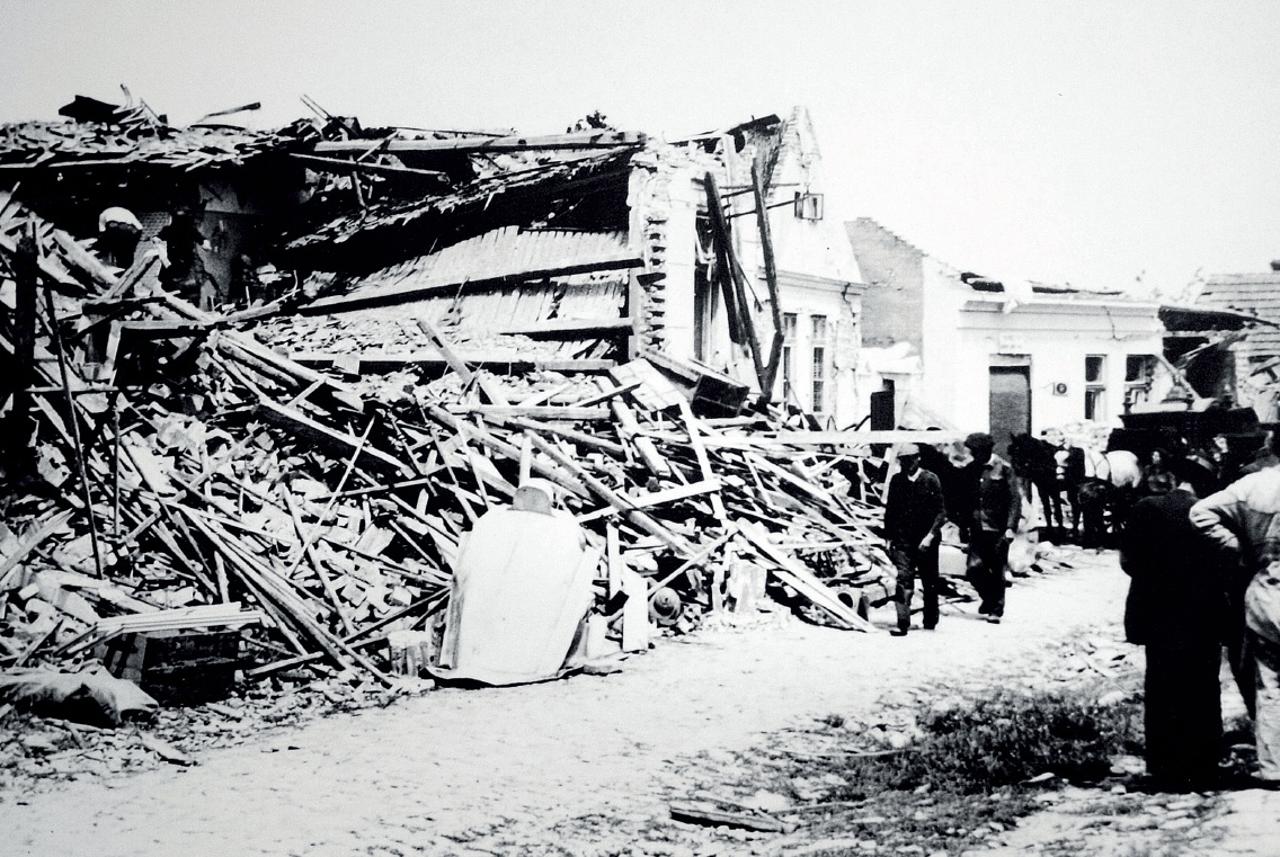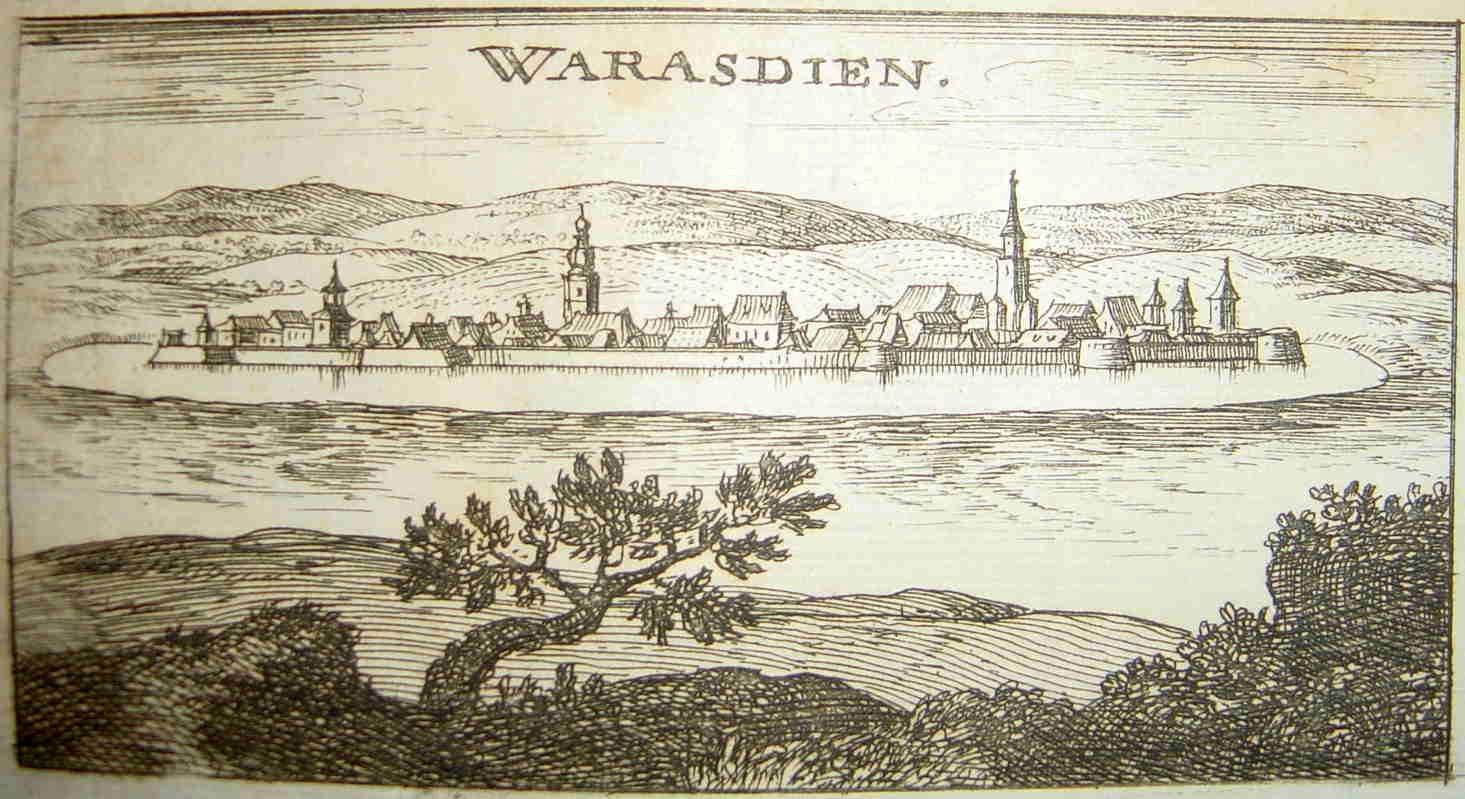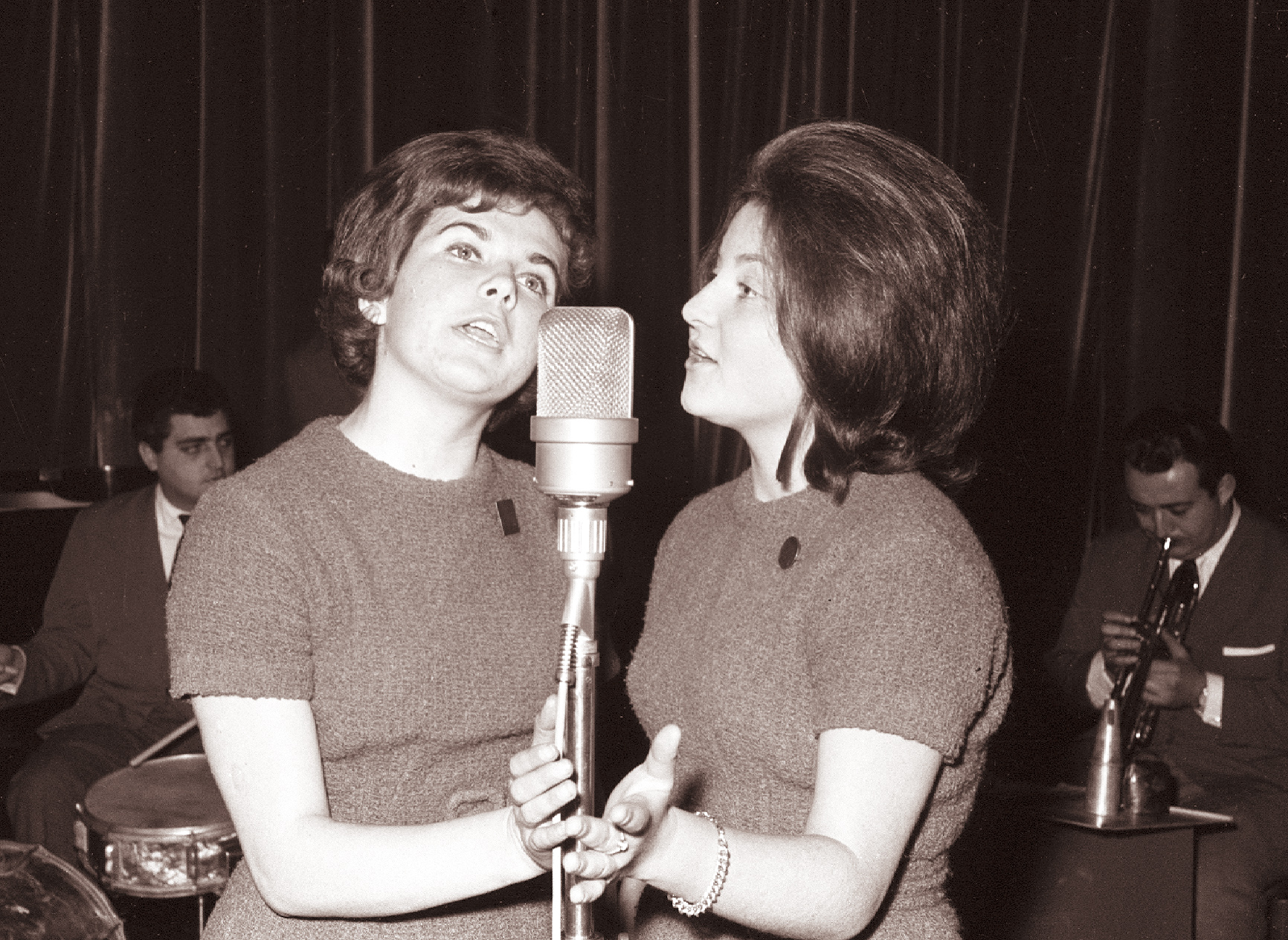|
Croatia In The Eurovision Song Contest 2002
Croatia was represented at the Eurovision Song Contest 2002 with the song "Everything I Want", written by Milana Vlaović, and performed by Vesna Pisarović. The Croatian participating broadcaster, Croatian Radiotelevision (HRT), organised the national final ''Dora 2002'' to select its entry for the contest. Twenty entries competed in the national final on 10 March 2002 and "" performed by Vesna Pisarović was selected as the winner following the combination of votes from five regional juries, a six-member expert jury, a regional televote and an online vote. The song was later translated from Croatian to English for Eurovision and was titled "Everything I Want". Croatia competed in the Eurovision Song Contest which took place on 25 May 2002. Performing during the show in position 6, Croatia placed eleventh out of the 24 participating countries, scoring 44 points. Background Prior to the 2002 Contest, Croatian Radiotelevision (HRT) had participated in the Eurovision Song Cont ... [...More Info...] [...Related Items...] OR: [Wikipedia] [Google] [Baidu] |
Croatian Radiotelevision
''Hrvatska radiotelevizija'' ( HRT), or Croatian Radiotelevision, is a Croatian public broadcasting company. It operates several radio and television channels, over a domestic transmitter network as well as satellite. HRT is divided into three joint companies – Croatian Radio (), Croatian Television () and Music Production (), which includes three orchestras (Symphony, Jazz, and Tamburitza) and a choir. The founder of HRT is the Republic of Croatia which exercises its founder's rights through the Croatian Government. Croatian Radio (then Radio Zagreb) was founded on 15 May 1926. This date is considered the date on which HRT was founded. Television Zagreb (today Croatian Television) began broadcasting on 7 September 1956. By the law enacted by the Croatian Parliament on 29 June 1990, Radio Television Zagreb was renamed to Croatian Radiotelevision. HRT operates as a provider of public broadcasting services, and Croatia provides independent funding by the Croatian Broadcastin ... [...More Info...] [...Related Items...] OR: [Wikipedia] [Google] [Baidu] |
Davor Tolja
Denis & Denis was a Croatian and Yugoslav synth-pop group formed in Rijeka in 1982. They were one of the most prominent and most popular acts of the Yugoslav synth-pop scene. Formed as a duo consisting of keyboardist and vocalist Davor Tolja and vocalist Marina Perazić, Denis & Denis immediately gained attention of the Yugoslav audience with their first recordings broadcast on Yugoslav radio stations. Their debut album, ''Čuvaj se!'', released in 1984, brought them nationwide popularity, Perazić becoming one of the biggest stars and sex symbols of the Yugoslav rock scene. Their second album, ''Ja sam lažljiva'', was recorded during Tolja's military leaves from the Yugoslav army, so for the live performances he was replaced by Edi Kraljić, his former bandmate from the band Linija 32. ''Ja sam lažljiva'' brought new hits and increased the group's popularity. After Tolja's return from the army, the group continued working as a trio consisting of Tolja, Perazić and Kraljić. A ... [...More Info...] [...Related Items...] OR: [Wikipedia] [Google] [Baidu] |
Slavonia
Slavonia (; ) is, with Dalmatia, Croatia proper, and Istria County, Istria, one of the four Regions of Croatia, historical regions of Croatia. Located in the Pannonian Plain and taking up the east of the country, it roughly corresponds with five Counties of Croatia, Croatian counties: Brod-Posavina County, Brod-Posavina, Osijek-Baranja County, Osijek-Baranja, Požega-Slavonia County, Požega-Slavonia, Virovitica-Podravina County, Virovitica-Podravina, and Vukovar-Syrmia County, Vukovar-Syrmia, although the territory of the counties includes Baranya (region), Baranya, and the definition of the western extent of Slavonia as a region varies. The counties cover or 22.2% of Croatia, inhabited by 806,192—18.8% of Croatia's population. The largest city in the region is Osijek, followed by Slavonski Brod and Vinkovci. Slavonia is located in the Pannonian Basin, largely bordered by the Danube, Drava, and Sava rivers. In the west, the region consists of the Sava and Drava valleys and ... [...More Info...] [...Related Items...] OR: [Wikipedia] [Google] [Baidu] |
Osijek
Osijek () is the fourth-largest city in Croatia, with a population of 96,848 in 2021. It is the largest city and the economic and cultural centre of the eastern Croatian region of Slavonia, as well as the administrative centre of Osijek-Baranja County. Osijek is on the right bank of the Drava River, upstream of its confluence with the Danube, at an elevation of . Name The name was given to the city due to its position on elevated ground, which prevented the city being flooded by the local swamp waters. Its name ''Osijek'' derives from the Croatian word ''oseka'' ' ebb tide'. Due to its history within the Habsburg monarchy and briefly in the Ottoman Empire, as well as the presence of German, Hungarian, and Serbian minorities throughout its history, Osijek has (or had) its names in other languages: Hungarian: ''Eszék'', German: , or , , and English: ''Esgek''. Its Roman name was ''Aelia Mursa'', ''Mursa'', and later ''Mursa Major'', which may be a form of the pre-existing na ... [...More Info...] [...Related Items...] OR: [Wikipedia] [Google] [Baidu] |
Rijeka
Rijeka (; Fiume ([ˈfjuːme]) in Italian and in Fiuman dialect, Fiuman Venetian) is the principal seaport and the List of cities and towns in Croatia, third-largest city in Croatia. It is located in Primorje-Gorski Kotar County on Kvarner Bay, an inlet of the Adriatic Sea and in 2021 had a population of 107,964 inhabitants. Historically, because of its strategic position and Port of Rijeka, its excellent deep-water port, the city was fiercely contested, especially between the Holy Roman Empire, Venice, Italy and Yugoslavia, changing rulers and demographics many times over centuries. According to the Demographics of Croatia, 2011 census data, 85% of its citizens are Croats, along with small numbers of Serbs of Croatia, Serbs, Bosniaks of Croatia, Bosniaks and Italians of Croatia, Italians. Rijeka is the main city and county seat of the Primorje-Gorski Kotar County. The city's economy largely depends on shipbuilding (shipyards "3. Maj" and "Viktor Lenac Shipyard") and maritime ... [...More Info...] [...Related Items...] OR: [Wikipedia] [Google] [Baidu] |
Split, Croatia
Split (, ), historically known as Spalato (; ; see #Name, other names), is the List of cities and towns in Croatia, second-largest city of Croatia after the capital Zagreb, the largest city in Dalmatia and the largest city on the Croatian coast. The Split metropolitan area is home to about 330,000 people. It lies on the eastern shore of the Adriatic Sea and is spread over a central peninsula and its surroundings. An intraregional transport hub and popular tourist destination, the city is linked to the List of islands in the Adriatic, Adriatic islands and the Apennine Peninsula. More than 1 million tourists visit it each year. The city was founded as the Greek colonisation, Greek colony of Aspálathos () in the 3rd or 2nd century BCE on the coast of the Illyrians, Illyrian Dalmatae, and in 305 CE, it became the site of Diocletian's Palace, the Palace of the Roman emperor Diocletian. It became a prominent settlement around 650 when it succeeded the ancient capital of the Roman Emp ... [...More Info...] [...Related Items...] OR: [Wikipedia] [Google] [Baidu] |
Varaždin
Varaždin ( or ; , also known by #Name, alternative names) is a city in Northern Croatia, north-east of Zagreb. The total population is 46,946, with 38,839 in the city settlement itself (2011). The city is best known for its baroque buildings, music, textile, food and IT industry. Name In Hungarian language, Hungarian the town is known as ''Varasd'', in Latin language, Latin as ''Varasdinum'' and in German language, German as ''Warasdin''. The name ''Varaždin'' traces its origin to ''varoš'', a Hungarian loanword from ''város'', meaning ''city''. Population The total population of the city is 46,946 and it includes the following settlements: *Črnec Biškupečki, population 696 *Donji Kućan, population 716 *Gojanec, population 620 *Gornji Kućan, population 1,139 *Hrašćica, population 1,283 *Jalkovec, population 1,309 *Kućan Marof, population 1,388 *Poljana Biškupečka, population 452 *Varaždin, population 38,839 *Zbelava, population 504 Administrative division ... [...More Info...] [...Related Items...] OR: [Wikipedia] [Google] [Baidu] |
Ivana Spagna
Ivana Spagna (; born 16 December 1954), also known simply as Spagna, is an Italian singer and songwriter. She is best known for her worldwide hit song "Call Me (Spagna song), Call Me", released in 1987. Career Spagna started her singing career in the early 1970s when she released the first Italian version of "Mamy Blue" in 1971 under her name Ivana Spagna, then the following year, she released the single "Ari Ari". In the early 1980s, she provided human voice, vocals (with Angela Parisi) and wrote songs for the Italo disco duo Fun Fun; as well as writing songs and singing for many other dance music projects like Baby's Gang until 1986, when she embarked on a solo career. During this time, she also released two singles (in 1983 and 1985) under the alias Yvonne Kay, the first a cover of the Kiki Dee Band's "I've Got the Music in Me". Spagna's 1986 single "Easy Lady" was a success across Europe. In 1987, she released "Call Me (Spagna song), Call Me", which topped the European Hot ... [...More Info...] [...Related Items...] OR: [Wikipedia] [Google] [Baidu] |
Zdenka Kovačiček
Zdenka Kovačiček (16 January 1944) is a Croatian jazz and rock vocalist. She remains one of the most prominent musicians on the Croatian music scene. Early life Zdenka Kovačiček was born on 16 January 1944 in Zagreb. Her father was from Tuheljske Toplice and her mother was from Dubravica. She attended the musical high school where she learned to play piano and accordion. At the age of 19, she enrolled in the foreign trade study on her parents' wish, but she never graduated due to the lack of interest. She started a career as a child at the Zagreb Youth Theater where she sang and danced. In 1957, she co-founded the duo ''Hani'' together with Nada Žitnik. They performed on TV and recorded a movie. Career After the duo Hani split in the late 1960s, Kovačiček started a solo career by performing at various European clubs with many successful musicians, including Bill Haley, The Kinks and The Ink Spots. It was then that she became aware of her talent for jazz, soul, and blue ... [...More Info...] [...Related Items...] OR: [Wikipedia] [Google] [Baidu] |
Tonči Huljić
Tonči Huljić (; born 29 October 1961) is a Croatian musician, songwriter and music producer. He is best known as the founding member, songwriter and producer of one the most famous Croatian pop music, pop bands, Magazin. During his career spanning more than five decades, Huljić has produced numerous hit singles, both for the group and for numerous solo artists which emerged from his record label. Some of the most prominent music artists who collaborated with him include Jelena Rozga, Doris Dragović, Petar Grašo as well as Maksim Mrvica, Danijela Martinović, Minea (singer), Minea and Joško Čagalj Jole, Jole. In total, Huljić has produced and composed more than 1370 songs. In the 2000s, Huljić also worked on composing instrumental music for his first solo release ''Waterland'' (2006) and briefly ventured in production work for soap operas. As of 2011, Tonči Huljić served as the founder and lead singer of the pop-ethno band called Tonči Huljić & Madre Badessa. He has r ... [...More Info...] [...Related Items...] OR: [Wikipedia] [Google] [Baidu] |
Tihomir Preradović
Tihomir Preradović (born on April 6, 1960, in Zagreb) is a Croatian composer, producer, and arranger. Life and career In 1973, Preradović began studying guitar under the instruction of . In 1974, he enrolled in the I Gymnasium of Zagreb and founded his first band, Homo Kiborg, active until 1988; its sound was described as eclectic. He played guitar, provided vocals, and wrote compositions and arrangements. He also performed in the teen pop band . Preradović graduated in 1986 from the Pedagogical Academy in Zagreb. During the 1980s, Preradović did sound engineering and production for various underground and alternative bands, including and Studeni Studeni. At this time, he started working with composer Vladimir Delač, and consequently began writing and arranging for Delač's collaborators. In the 1990s, he worked with Croatian and Bosnian songwriter and producer . In collaboration with Tutić, Preradović composed and arranged music for mainstream artists including Crv ... [...More Info...] [...Related Items...] OR: [Wikipedia] [Google] [Baidu] |





